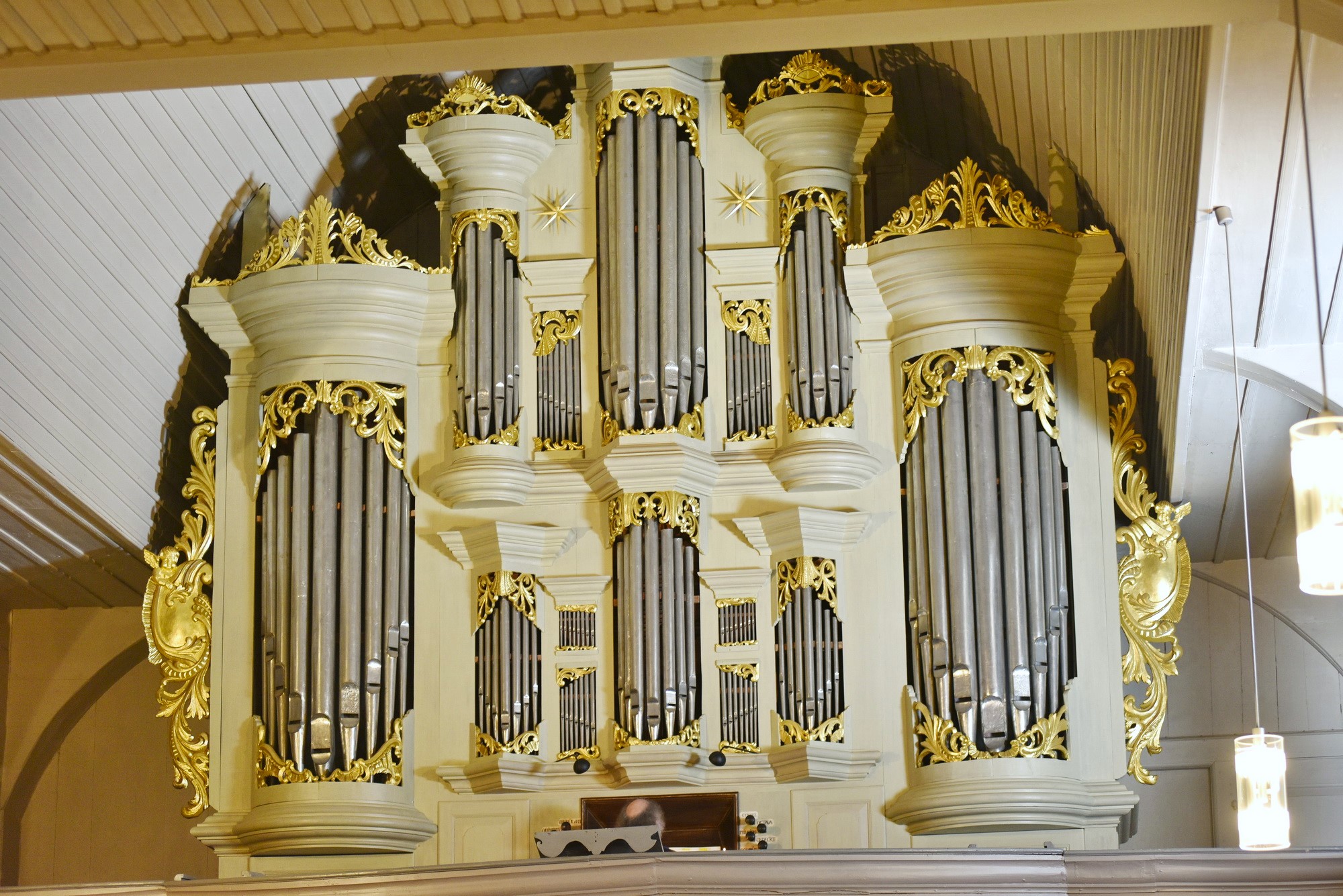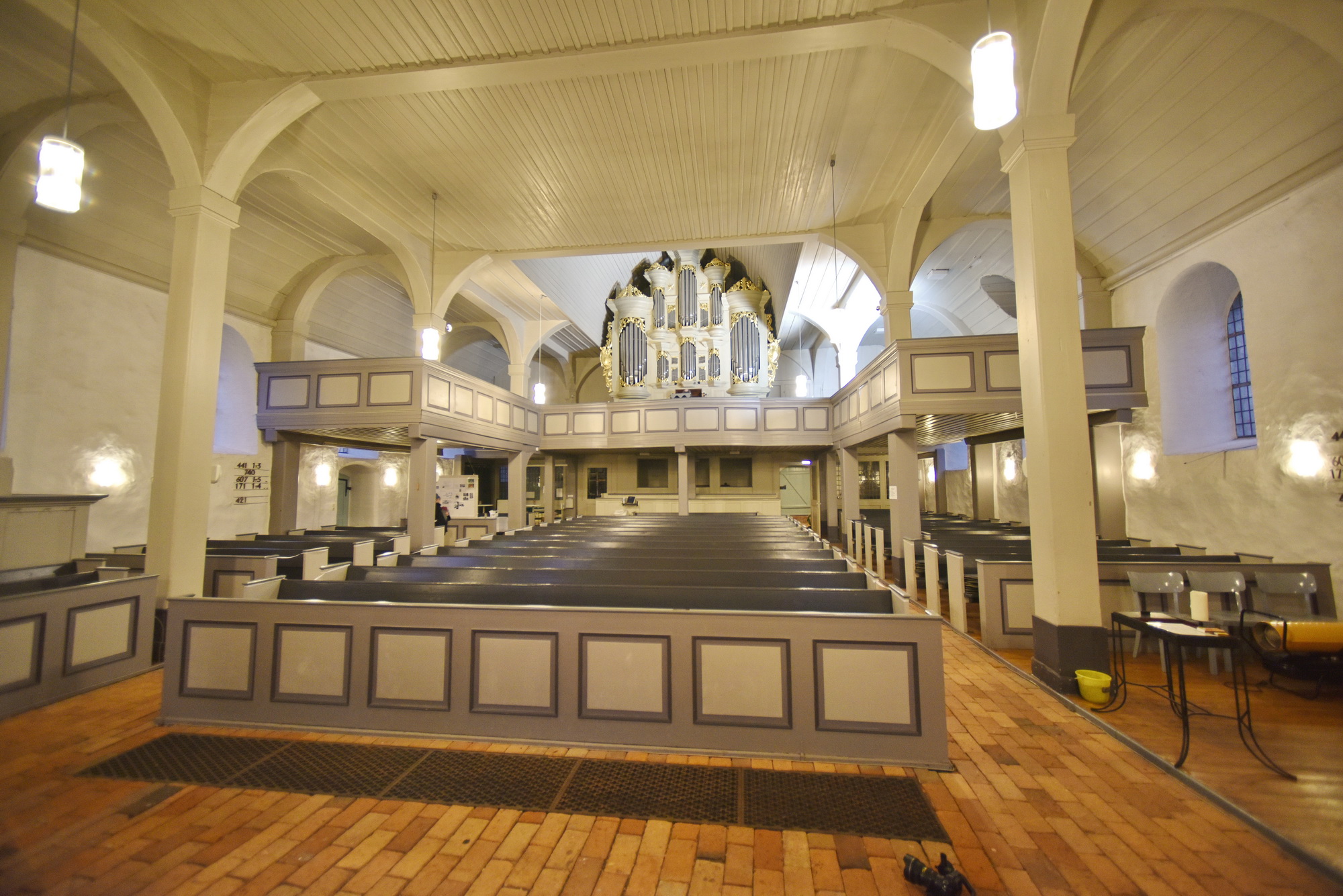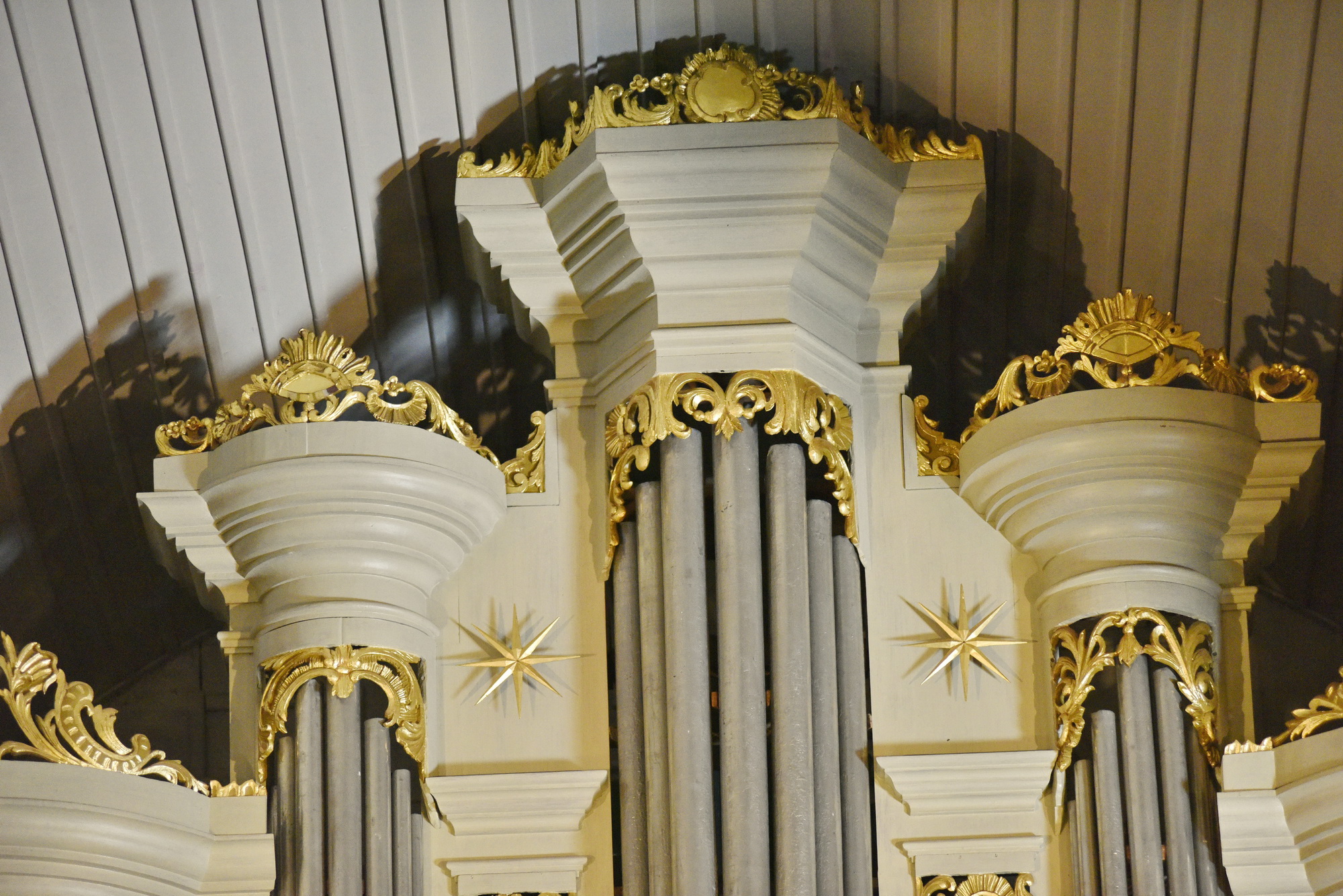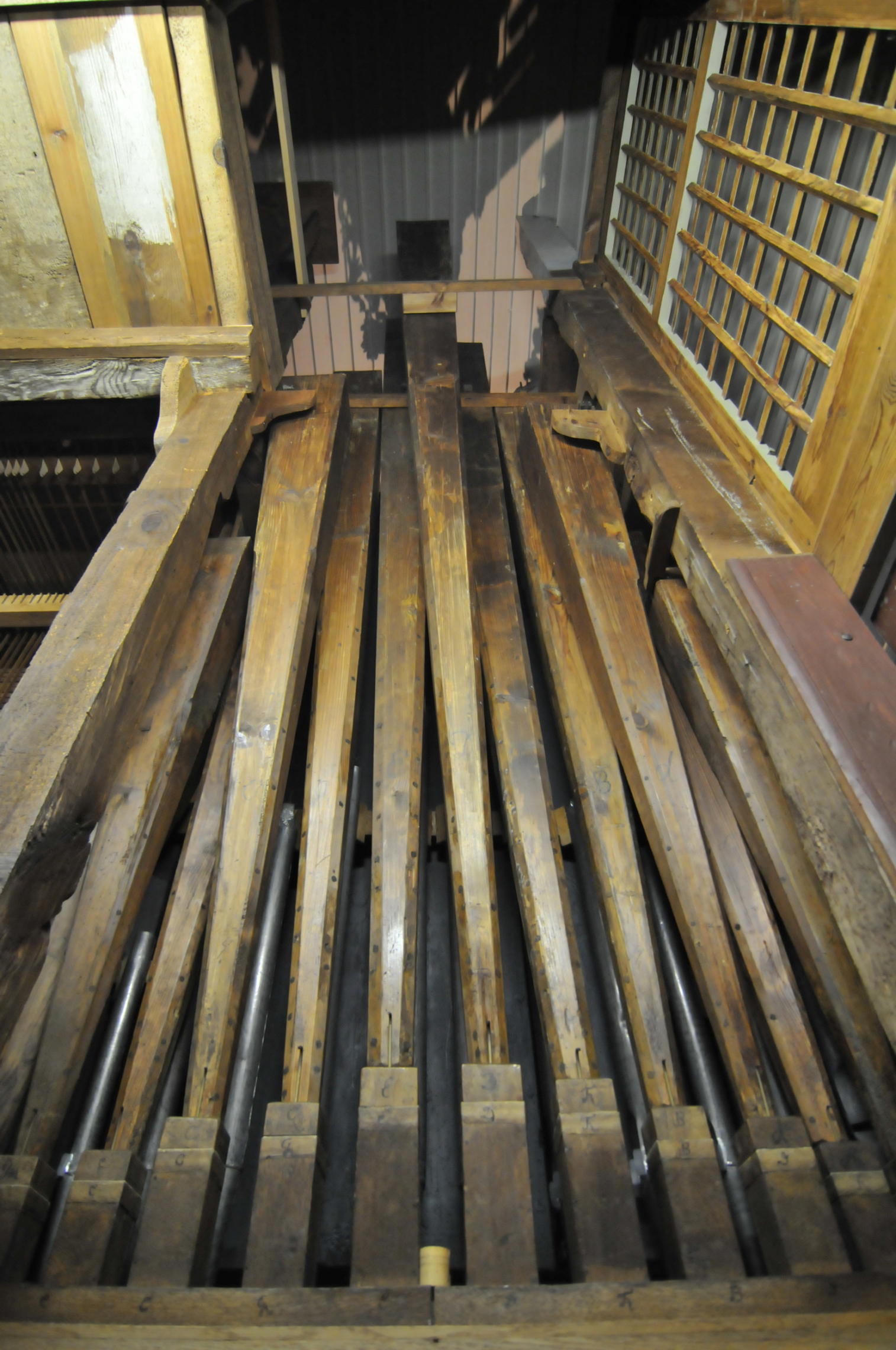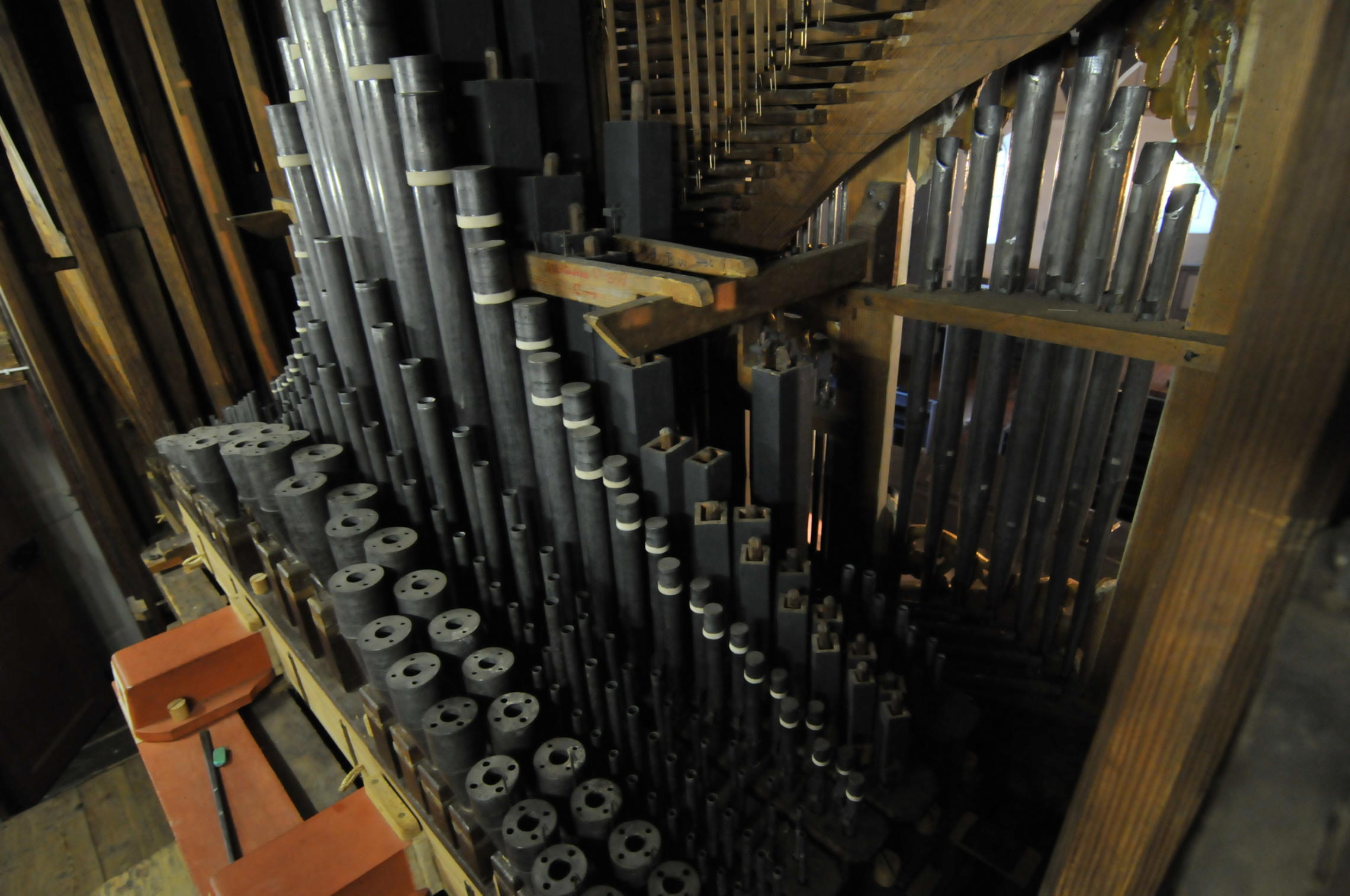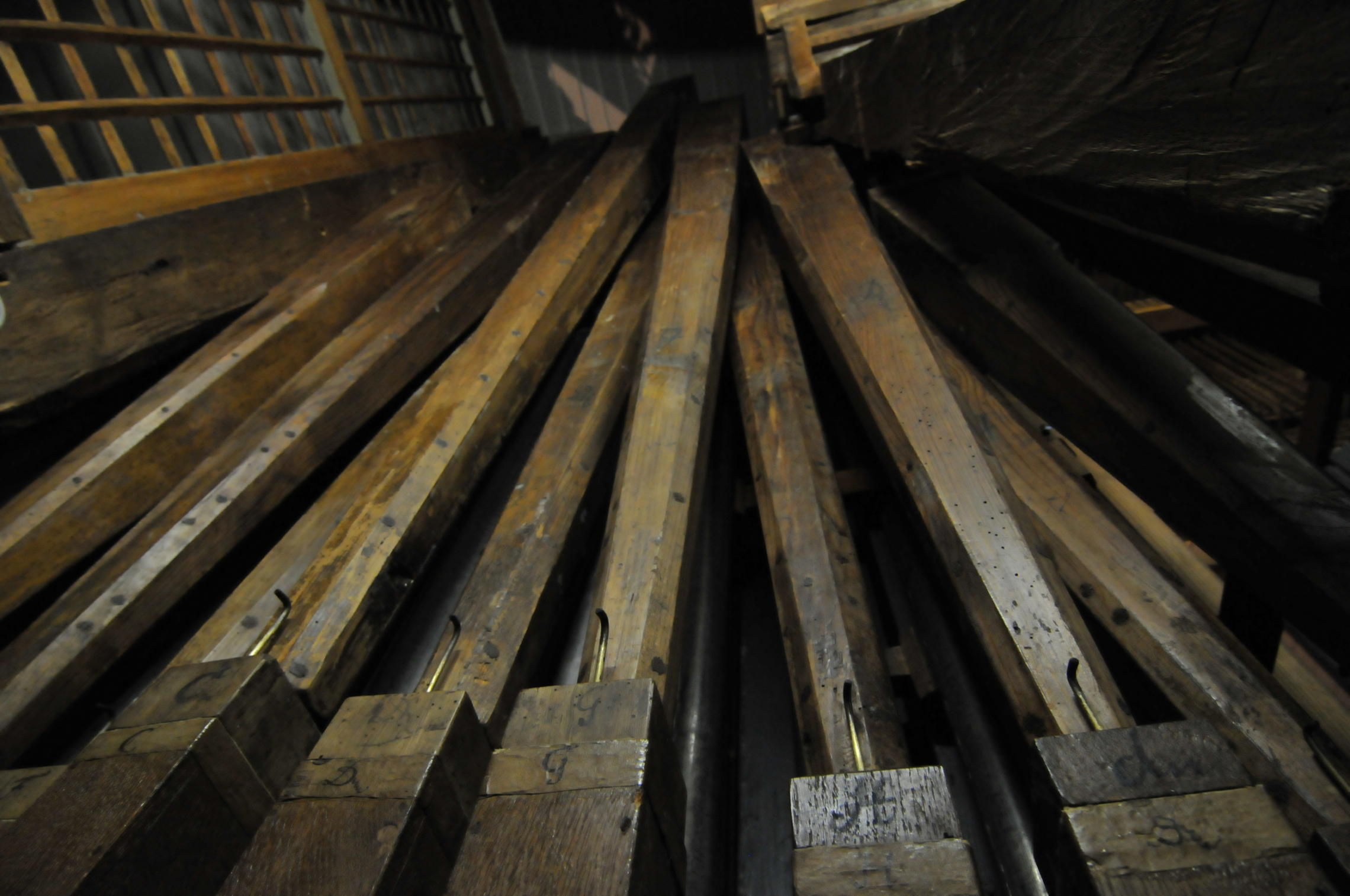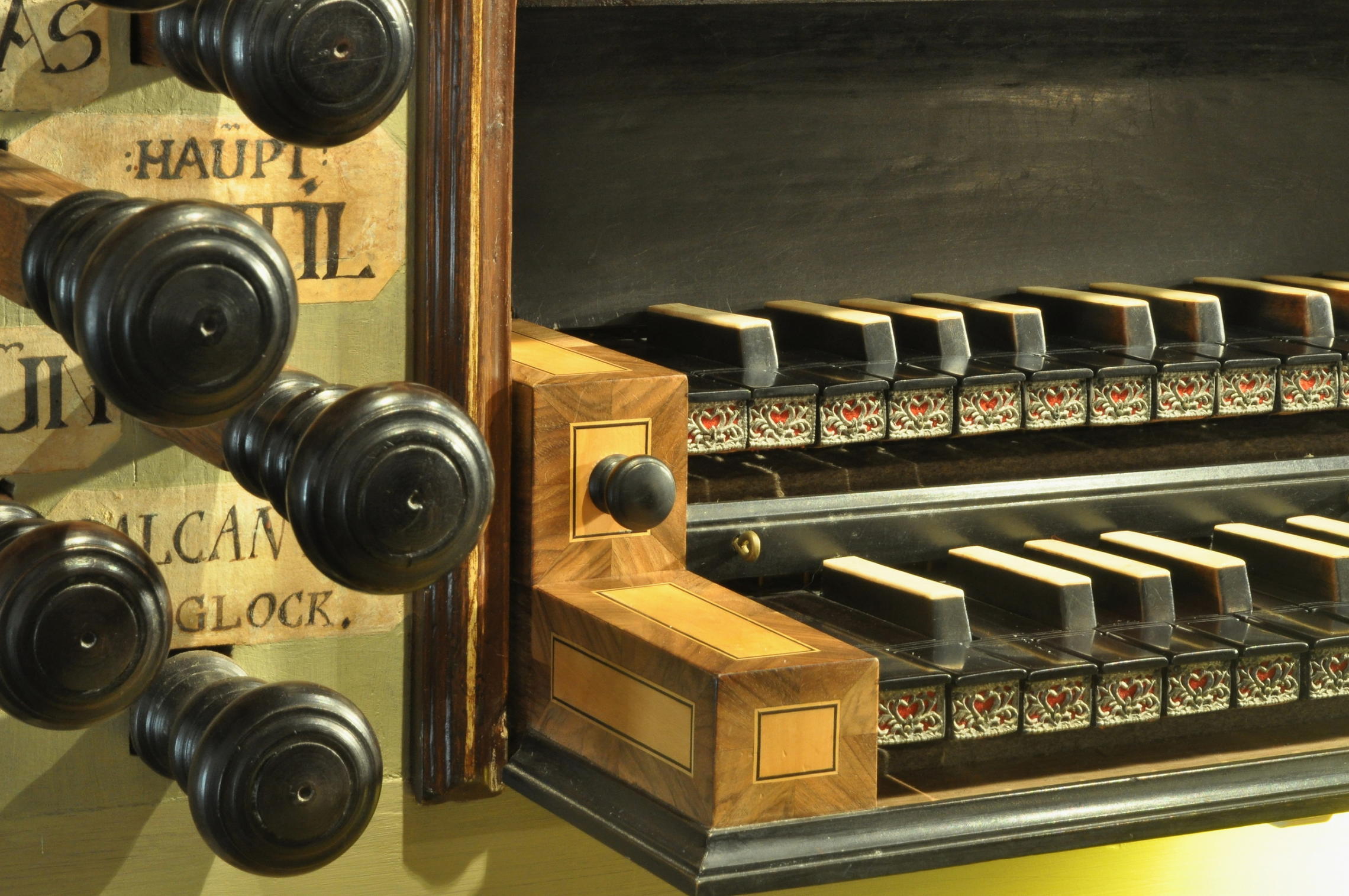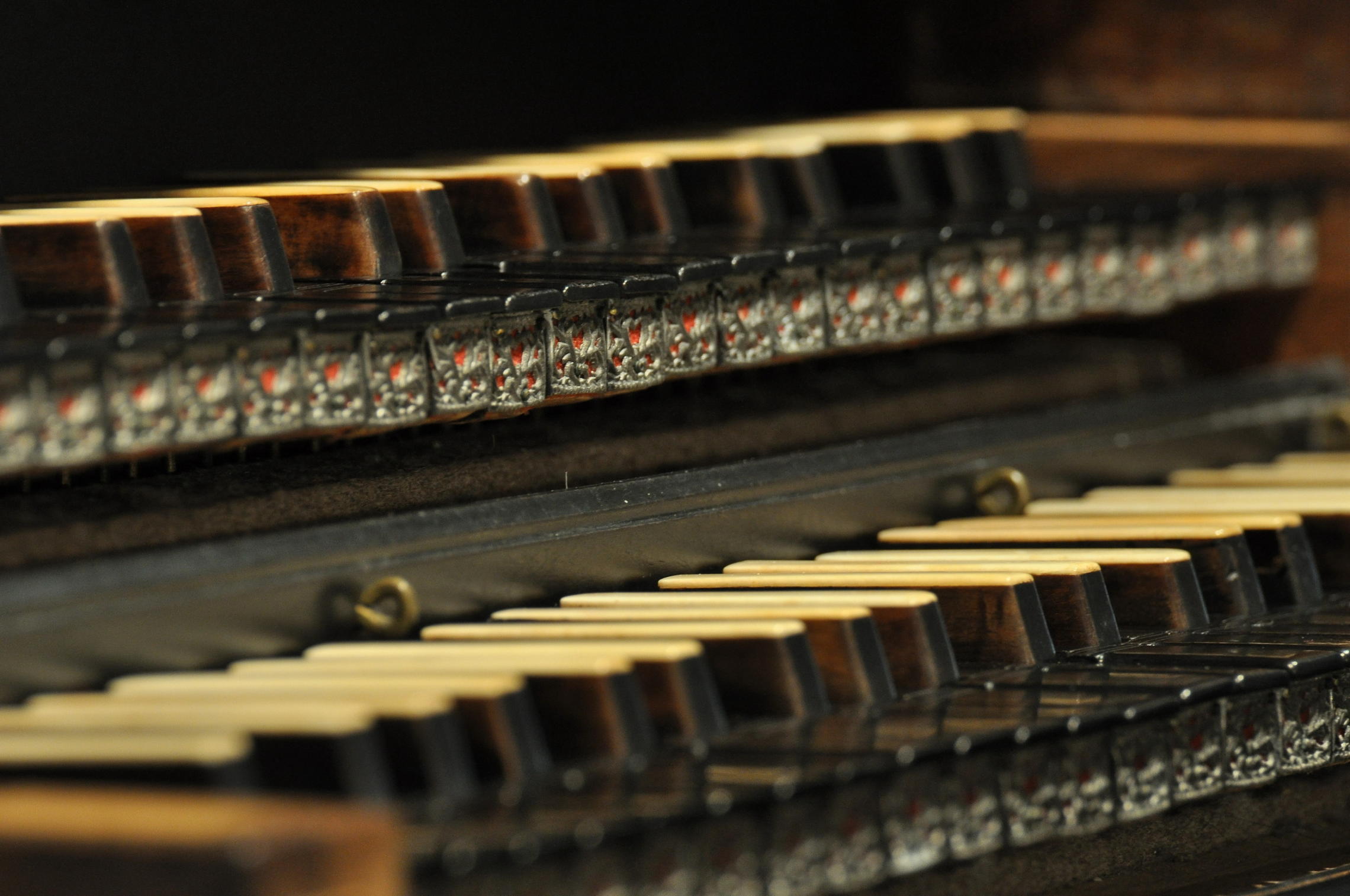Trebel, Feldsteinkirche
| Builder | J. G. Stein |
|---|---|
| Year | ca. 1777 |
| Period/Style | Baroque |
| Stops | 19 |
| Keyboards | 2+P |
| Keyaction | tracker/mechanical |
The organ in the Evangelical Church of Trebel, built by Johann Georg Stein in 1777, is a rare and historically significant two-manual instrument that remains largely intact. It holds a special place in the North German organ landscape due to its preservation and status as a monument. Stein's work, which brought influences from his Thuringian origins, differs from the traditional North German organ style, notably using numerous wooden registers. Trebel’s organ stands as the most complete example of Stein’s work, while a smaller single-manual organ by him is found in Warlitz, Mecklenburg-Vorpommern. His organ facades can also be seen in churches such as St. Marien in Uelzen and Steinhorst.
The Trebel organ underwent careful restoration in 1969/70 by Rudolf von Beckerath and later a comprehensive restoration in 2000/01 by Jürgen Ahrend. These efforts focused on preserving its historical integrity, including restoring its original color scheme. The instrument is celebrated as a key example of 18th-century organ craftsmanship.
The Trebel organ underwent careful restoration in 1969/70 by Rudolf von Beckerath and later a comprehensive restoration in 2000/01 by Jürgen Ahrend. These efforts focused on preserving its historical integrity, including restoring its original color scheme. The instrument is celebrated as a key example of 18th-century organ craftsmanship.
| Hauptwerk | Brustwerk | Pedal |
|---|---|---|
| Principal 8' | Gedackt 8' | Subbass 16' |
| Bordun 8' | Quintatön 8' | Principal Bass 8' |
| Flöte [trav.] 8' | Principal 4' | Octava Bass 4' |
| Octava 4' | Octava 2' | Posaun 16' |
| Spitz Flöte 4' | Sexquialtra | |
| Quinta 3' | Vox Humana 8' | |
| Octava 2' | ||
| Mixtur 4f 1 1/3' | ||
| Trompet 8' |
https://nomine.net/orgel/trebel-ev-kirche/
 Pipe Organ Map
Pipe Organ Map